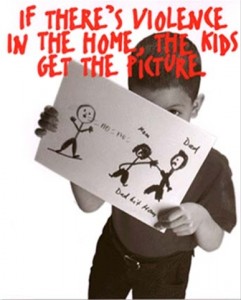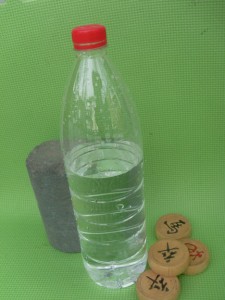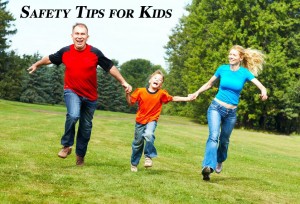Attackers are more likely to be someone you know than it is for them to be a stranger. This is especially true for a young person. Many times the attacker feels a grudge for the other person, doesn’t like them for some reason or has been encouraged to attack them by others.
What can you do if someone tries to pick a fight with you or is pushing all of your buttons? Unfortunately if you decide to take them on physically you may be making a bad situation worst. Once the aggressor has decided you are their target they have already put themselves into a higher state of aggression with adrenaline running high. They may have mind altering substances in their body which are making them irrational. If you engage that personality, you may be in for a physical fight that could have been avoided.
Can you de-esculate the situation? In many cases you are able to de-esculate long enough for you to remove yourself from the area. This is very important if the aggressor has got you alone or away from others. It is harder to do when there are others around, not because we cannot use our skills to de-esculate, but rather because our ego or theirs may be getting into the way.
This is not the time to prove how strong or talented we are in the area of ‘beating someone up’. It makes more rational sense to allow ourselves to be seen by others as less than, and survive, than to be trying to prove a point. Using our words to de-esculate may not always work, but our staying calm will not make the situation worse. Saying and doing things that do not threaten your attacker can give you some control.
In the end if the aggressor continues – then of course you must defend yourself, even physically. Learning how to do so and practicing in a safe environment like Balanced Life Skills is the best way to be prepared.





